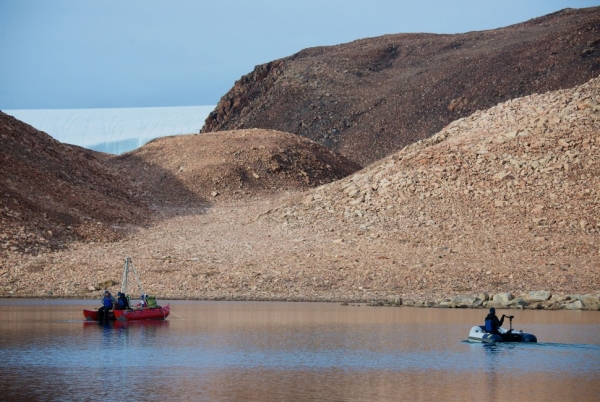Warming led to an intensified methane cycle, lasting thousands of years, study finds.
By studying fossils from ancient aquatic plants, Northwestern University and University of Wyoming (UW) researchers are gaining a better understanding of how methane produced in Arctic lakes might affect — and be affected by — climate change.
In a new study, the researchers examined the waxy coatings of leaves preserved as organic molecules within sediment from the early-to-middle Holocene, a period of intense warming that occurred due to slow changes in Earth’s orbit 11,700 to 4,200 years ago. These wax biomarkers — which were once a part of common aquatic brown mosses — were preserved in sediment buried beneath four lakes in Greenland.
By studying these biomarkers, the researchers discovered that past warming during the middle Holocene caused lakes across a wide range of Greenland’s climates to generate methane. Because methane is a more potent greenhouse gas than carbon dioxide, any changes in methane production with warming are important to understand.
Read more at Northwestern University
Image: Study co-authors Yarrow Axford, Everett Lasher and Jamie McFarlin collect sediment samples at Wax Lips Lake in northwest Greenland in 2014. (Credit: Alex P. Taylor)


